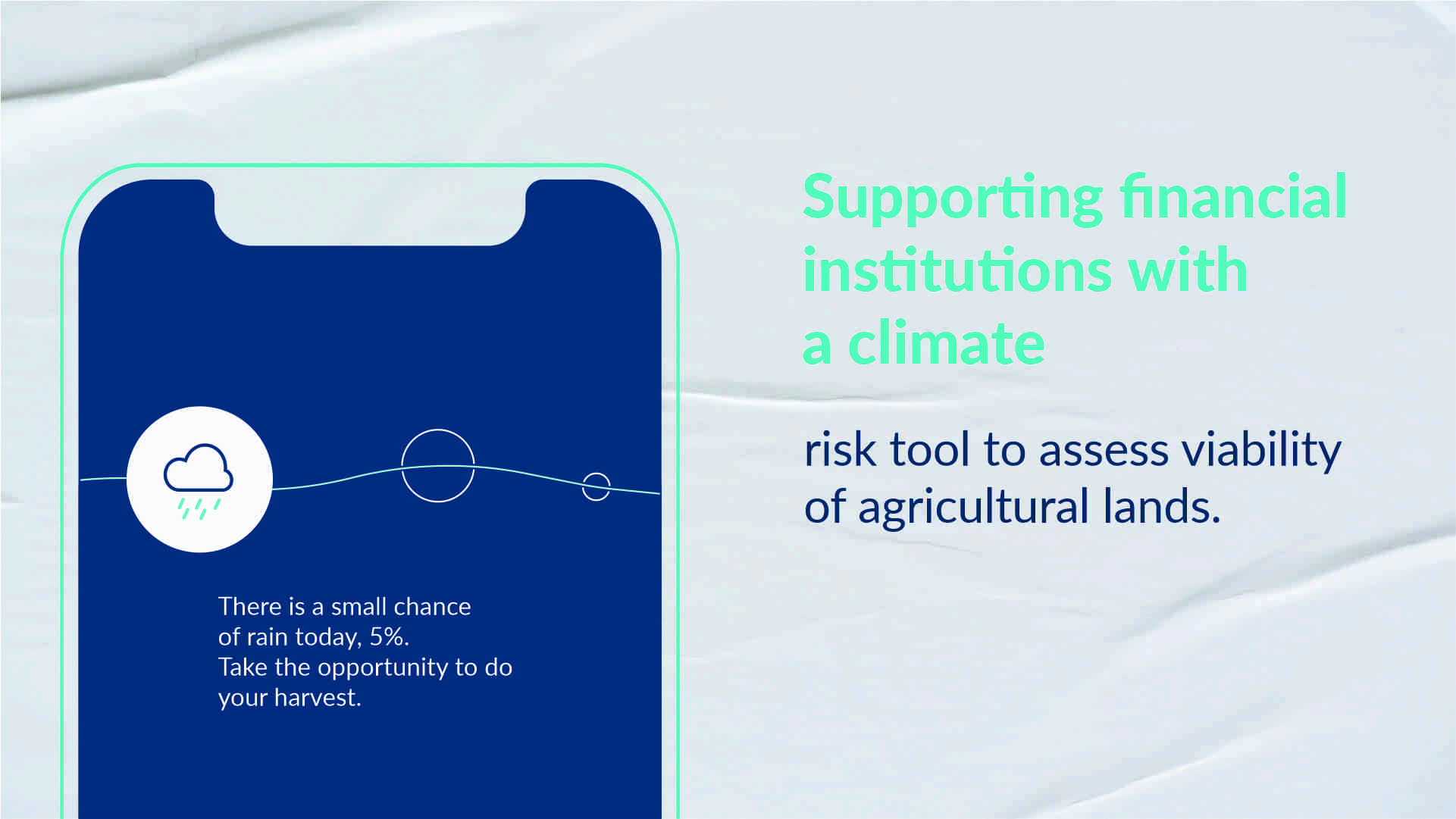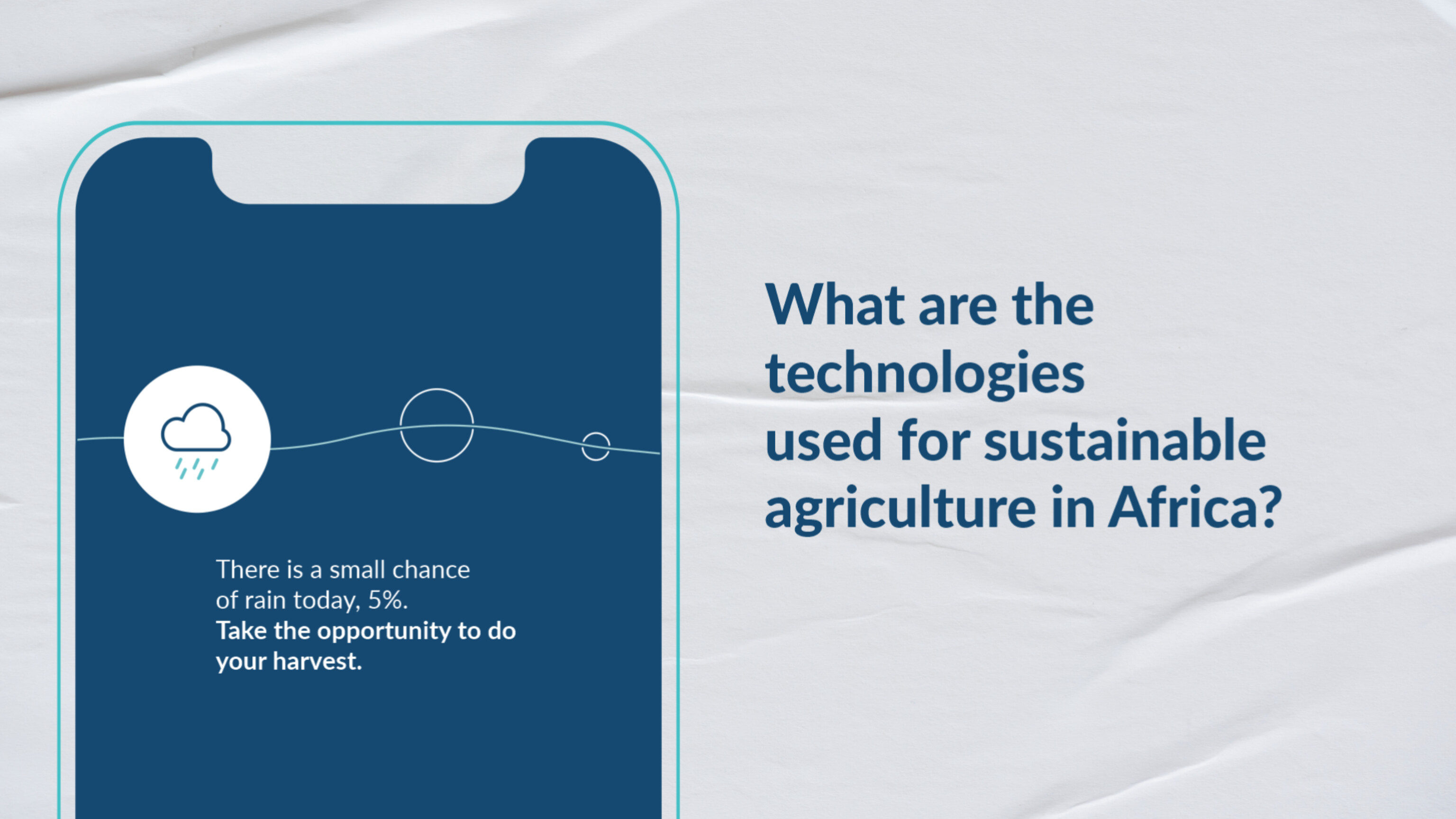The spraying of crop protection products to control pests, diseases and weeds is an essential step in today’s agriculture. After all, in these contexts the productivity indexes totally depend on the effectiveness of the pesticides, and if the application is carried out without technical criteria, such as the ideal amount of the product and the efficient evaluation of the meteorological condition at the moment of spraying, the social, economic and environment can be immense.
The impacts of weather conditions at the time of spraying
Performing spraying in conditions considered adverse reduces the efficiency of pesticides by about 50%, which can force farmers to use more chemicals than necessary with financial losses and environmental issues.
These impacts are mainly due to two factors:
Drift
In this context, it refers to the moment when drops are dragged by the wind. In addition to reducing efficiency or even failing to protect production, drift can take the product to undesired areas, impacting other nearby crops or generating a negative and unnecessary environmental impact.
Evaporation
Evaporation is the loss that occurs by vaporizing the droplets to the target. This evaporation can be influenced by temperature, humidity and wind conditions, and can cause less product to actually remain in the plant, reducing the efficiency of the pesticide.
Rains
Rains at the time or shortly after spraying drastically the effectiveness of pesticides, in addition to representing a major environmental problem, through runoff into water bodies for preservation areas around the production.
A practical example of impacts on spraying
In this example, let’s consider wind, which is one of the climatic factors that influences spraying activity. Considering, for example, that the minimum and maximum wind speed required for spraying is 3 km and 10 km, respectively, and that for operational tractors it is 6 to 12 km h-1, losses can vary almost nine times, as wind and tractor speeds increase from 3% to 25%. And when you add in other weather factors like temperature and rainfall, it’s easy to imagine how easily losses can be as high as 50%.
Efficient meteorological assessment as a path to better agricultural spraying
The good news is that all these climatic factors can already be anticipated quite accurately through solutions that make it easier to choose the ideal time for spraying, which can improve productivity while significantly reducing crop protection costs and potential environmental impact of production.
High-precision Climate Intelligence allows the farmer to assess trends, receive reliable alerts on different weather factors such as temperature, wind, pest probability and precipitation, and make applications with maximum efficiency, avoiding losses due to drift, evaporation and rainfall.
ignitia is climate intelligence created for West Africa’s challenges, and twice as accurate as the global models
The accuracy of weather forecasts is a problem in West Africa. This is because the climate in tropical regions works differently, which makes traditional climate models generally ineffective.
ignitia’s forecasting system was created to address the specific challenges of forecasting rainfall and climate variability typical of the West African climate, which generates forecasts up to twice as accurate as competitors, allowing you to know the ideal time to plant, fertilize, spray, irrigate, and/or harvest.
Some differentials of Climate Intelligence and ignitia solutions
-
Forecasts are twice as accurate as the models that power most weather applications and services in the world, in addition to being able to incorporate specific intelligence and alerts for each type of culture and be made available through several solutions.
-
Hyper localized solutions, allowing the analysis of rainfall and weather phenomena in specific properties and not in large areas.
-
Customized alerts for fertilizer application, spraying, rainfall, and other relevant data for each crop.
-
Custom solutions and API that can be embedded in intelligence systems, portals, websites, applications, etc.
Learn more about the ignitia climate model, designed for tropical climates, such as West Africa, or request a demonstration at the link.
References
Maciel, CFS (2016), Evaporation loss during hydraulic spraying in different weather conditions, Minas Gerais (Brazil).







